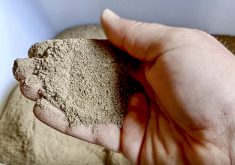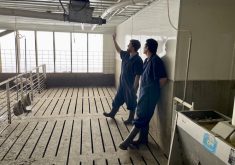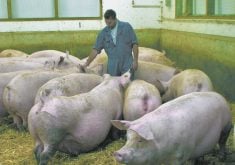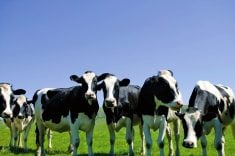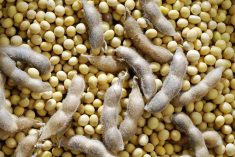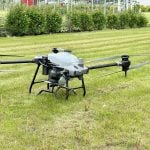Attendees at the recent 2021 Forage Focus webinars were reminded of knowledge gained from 1889 silage quality research and gained more contemporary insights from experts.
Renato Schmidt discussed dry matter and quality losses during pre-ensiling and ensiling and Ontario Ministry of Agriculture, Food and Rural Affairs specialist Anita Heeg delivered a talk about understanding feed analysis. Kim Cressida explored research into alfalfa and grass forage varieties.
Why it matters: Low quality silage provides less feed to the herd and may require farms to fill the gaps by buying feed.
Read Also
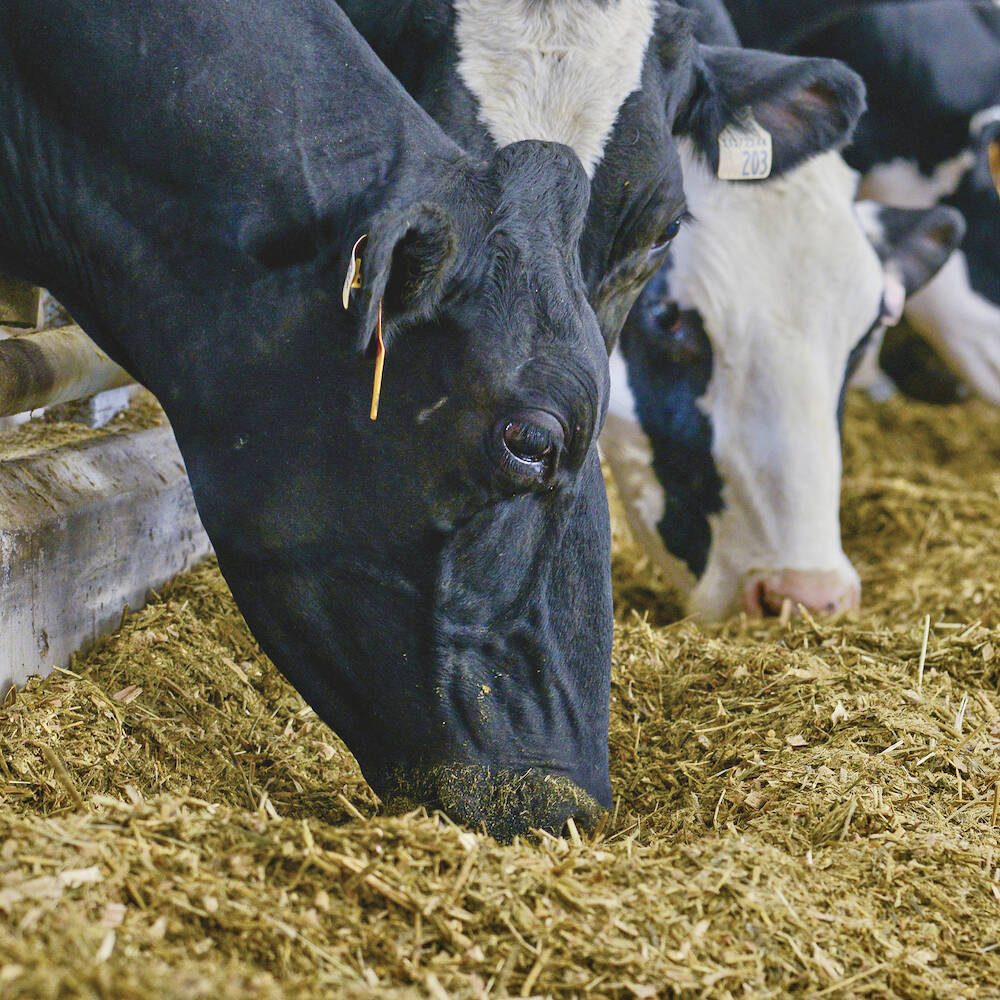
Byproducts with benefits for dairy cows
Local food processors can be a source of financially advantageous byproducts for dairy cows, but make sure the ration is properly balanced.
Schmidt, forage quality specialist for Lallemand Animal Nutrition, showed a photo of horse-drawn silage-harvesting equipment to accompany results from an 1889 Kansas State Agricultural College study into dry matter losses due to poor ensiling.
“It has been known for a long time,” he said, that poor harvesting, pre-ensiling and ensiling management lead to poor quality feed.
Ideally, the crop going into the silo should provide a substrate for production of lactic acid by beneficial bacteria. However, silos can host a variety of microbes and byproducts from microbial activity.
The goal is to minimize this variability and help lactobacillus to dominate during the ensiling process.
It takes good quality forage to make good quality silage, Schmidt noted. Harvest timing can be crucial for most crops.
With legumes, the optimum presence of lactic acid occurs between 36 and 40 per cent dry matter. With higher dry matter, there are higher percentages of butyric and acetic acids, leading to faster fermentation by a diverse microbiome.
“There’s a lot more microbial activity (at higher dry matter content but) it takes longer to stabilize everything” with promotion of the wrong types of microbes, he said.
In legume crops harvested too mature, dry matter increases and fermentation is restricted.
Schmidt also showed a study using triticale harvested beyond the optimum maturity date. Total yield increased but sugars declined.
“You end up with a lot more material (by delaying harvest) but it’s not as good quality.”
In her presentation, Cressida gave updates on U.S. trials of low-lignin alfalfa. The Michigan State University professor said the goal of developing low-lignin varieties is to delay reduction in in-field quality due to high dry matter content.
Conventional varieties harvested at the end of May could be followed by four more harvests at 28-day intervals, depending on weather, she said, though such an aggressive harvest schedule could affect crop persistence in subsequent years.
Low-lignin varieties can remain in the field longer, adding to yield-per-harvest without jeopardizing quality.
“Getting the same amount of yield in fewer harvests is going to be beneficial when you look at cost of production,” Cressida said.
She suggested neutral detergent fibre (NDF) digestibility “is where the rubber really hits the road.”
And a 2016 study of plots in six states showed the experimental low-lignin variety did what it was supposed to do in terms of delaying optimum NDF numbers. MSU is now in the late stages of a follow-up study comparing three conventionally bred varieties with three commercially available low-lignin varieties.
Management issues before ensiling, like poor harvest weather and breakdowns or delayed piling and covering, have immediate effects on quality.
Schmidt showed a photo from a Michigan dairy farm with insufficient labour to continuously pack a bunk silo as the forage was delivered from the field. An infrared image of the pile dumped over a few hours in front of the silo revealed a 40-degree temperature difference from the middle of the temporary pile to the outer edges.
Temperature differences mean different microbes are active in different parts of the pile. Water-soluble carbohydrates are consumed in areas exposed to the air, with exponential increases in rate of dry matter losses. Where air movement is restricted, unwanted yeasts and moulds develop and quality suffers.
“You have to have somebody there to keep this process moving,” Schmidt said.
In terms of packing density, he advised delivering forage to the pile in thin layers. Pack tightly and continuously using tractors heavy enough to achieve required densities. Drive continuously over the entire pack area and add more weights to the tractors if necessary.
A spreadsheet for calculating silage pile density can be found by searching on the web for the University of Wisconsin and “silage pile density calculator”.
Schmidt suggested entering values for tractor weight, crop type and other data to determine the necessary packing time.
Cover with the white side of plastic facing up. One study showed a 20 per cent higher temperature later in the season under black compared to white plastic, and the thicker the better. One study using good-quality plastic showed that two layers allow dry matter recovery to jump from 90 to 95 per cent. Schmidt is a fan of oxygen barrier films. More weight around edges and seams is recommended.
“Once you’ve got oxygen, you’ve got microbic activity, you’ve got molding, and you’ve got spoilage.”
He also cautions farmers not to let good management fall by the wayside when feeding from the pile. He showed a photo of a bunk silo fed out only half of the width at a time. An infrared image indicated a 20 per cent temperature difference on the active front face and the inner side face versus the interior and far edge of the pile.
Researchers followed this stack through the rest of the season, which revealed the farm was throwing out several tons per day in September and October. The waste was mostly from that non-active face at the middle of the pile.
It’s common to see dry matter intake decreases of 15 to 20 per cent due to spoiled silage, Schmidt said.
As for a silage defacer versus a bucket for feeding out, Schmidt said he favours a rake because it has fewer moving parts than a defacer but either is better than a bucket, which leaves a wrinkled face that exposes more surface area to the air.




